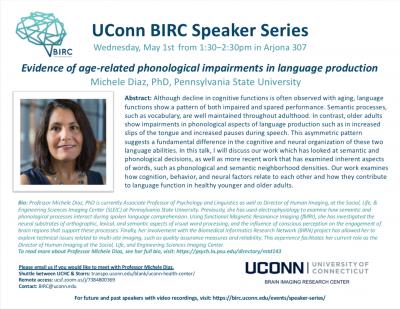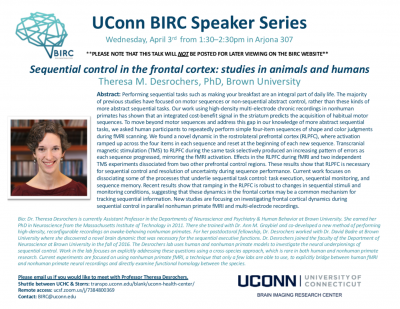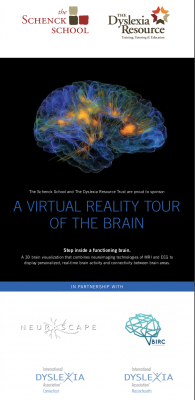Fumiko Hoeft, MD, PhD recently received an award from nonprofit organization Eye-to-Eye for her work with Stephanie Haft: Impact of mentoring on socio‐emotional and mental health outcomes of youth with learning disabilities and attention‐deficit hyperactivity disorder. The paper can be accessed here.
To learn more about Eye-to-Eye and their mission, visit their website.


